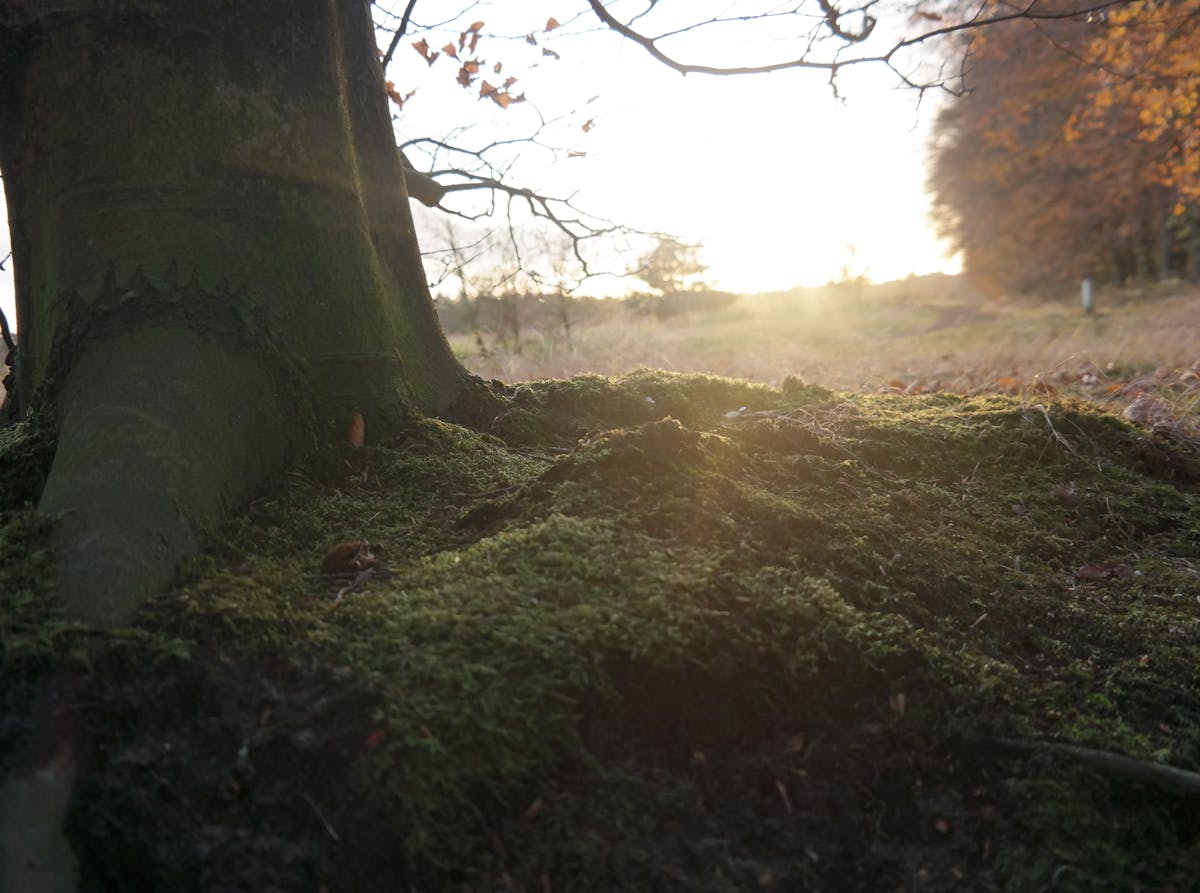Autumn in the Netherlands: What South Africans Need to Know as the Leaves Fall

Same Calendar Date, Different Season
For South Africans, 1 September marks Spring Day — the symbolic start of warmer weather and longer days. But in the Netherlands, the very same date marks the start of autumn. For newly relocated South Africans, this contrast can be one of the first surprises when settling into Dutch life. Instead of blossoms and braais, September here brings rain, chilly mornings, and golden leaves.
So, what should you expect during your first Dutch autumn as a South African expat? Let’s explore the weather, lifestyle changes, seasonal costs, and cultural highlights.
🌦️ Weather Shifts: Brown South African Winters vs. Green Dutch Autumns
The most striking difference is the four distinct European seasons. In South Africa, many people feel like we skip spring and autumn entirely, moving directly from winter to summer. Winters back home often mean brown landscapes and dry air, except in Cape Town.
In the Netherlands, autumn is wet and colourful. Expect:
Gradually colder weather with a few surprise warm days.
Frequent rainfall, often accompanied by wind (an umbrella is essential, but be prepared for it to flip inside out).
Vibrant scenery: golden-red leaves alongside lush green moss, grass, and evergreen trees.
Shortening days: unlike South Africa’s generous daylight hours (7am–5pm in winter, 5am–7pm in summer), Dutch days become noticeably shorter from October, with the sun eventually setting as early as 4:30pm in December.
👉 Tip: Download a weather app like Buienradar to track rainfall — it’s every Dutch commuter’s secret weapon.
🎭 Cultural Events in September and October
Autumn in the Netherlands isn’t just about cosy sweaters and rainy days — it’s also packed with cultural activities. A few highlights South Africans shouldn’t miss:
Open Monumentendag (Open Monument Day) – Each September, hundreds of historic sites across the country open their doors for free. You can explore canal houses, castles, churches, and more.
Dam tot Damloop – A famous 16 km run from Amsterdam to Zaandam. Even if you don’t run, it’s fun to watch and cheer along.
Amsterdam City Swim – Brave souls jump into the canals to raise money for ALS research.
Halloween – Once seen as very “American,” trick-or-treating is slowly catching on in Dutch neighbourhoods. Expect to see costumes and pumpkin decorations in late October.
Daylight Savings Time – At the end of October, the clocks go back one hour, giving everyone a little extra morning light (but darker evenings).
🧣 Lifestyle Adjustments for Autumn
Adapting to Dutch autumn means tweaking a few habits:
Clothing – Layering is your best friend. Pack waterproof jackets, scarves, and a good pair of boots. South Africans are often surprised at how quickly the wind chills you here.
Cycling – The Dutch cycle through everything: rain, wind, even sleet. Get proper mudguards, waterproof trousers, and panniers to protect your belongings.
Heating – Dutch homes are well insulated, so resist turning on the radiator too early. Many locals wait until October or even November to save on costs.
💶 Budgeting for Autumn: Rising Energy Costs & Seasonal Food
Autumn also affects your monthly expenses:
Heating – Once the radiators click on, energy use rises. Dutch energy providers estimate your yearly consumption and set a monthly fee. If you use more, you’ll pay extra at the end of the year; if less, you’ll get money back. This makes it worth delaying heating until it’s truly necessary.
Food – Supermarkets shift towards seasonal produce like pumpkins, cabbages, and root vegetables. And from mid-autumn, shelves fill with traditional Dutch treats such as kruidnoten, pepernoten, and oliebollen, signalling the start of the Sinterklaas and Christmas season.
👉 See a breakdown of average monthly living costs in the Netherlands here.
👀 Autumn Through South African Eyes
South Africans often marvel at how green autumn stays compared to home. Back in South Africa, dry winters mean brown bushveld and dusty air. Here, the moss and grass stay lush, while only the trees change colour. Another surprise? The short days. For many, the adjustment to long, dark winters begins with the first noticeable shift in autumn daylight.
Conclusion: Embrace the Cosy Season
Autumn in the Netherlands is a chance to embrace a slower, cosier pace of life — warm drinks, layered clothing, and discovering Dutch seasonal traditions. For South Africans, it can feel worlds apart from home, but it’s also one of the most beautiful times of year to explore the canals, forests, and cities.
So next time you see the leaves turning orange, remember: while back home friends are firing up the braai for Spring Day, you’re settling into your first Dutch autumn adventure.